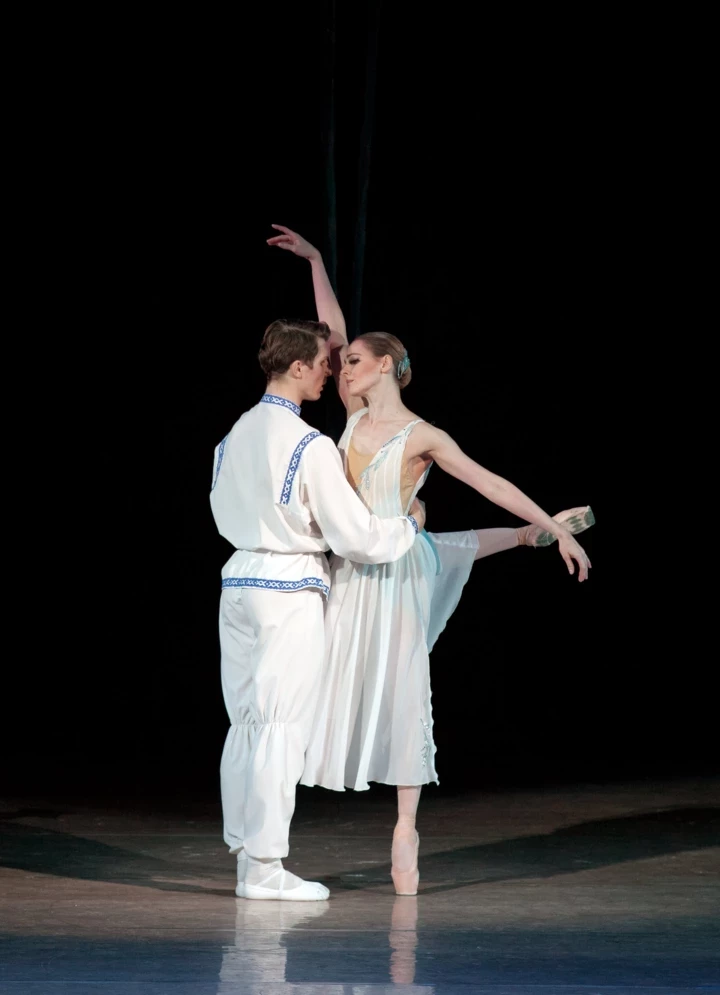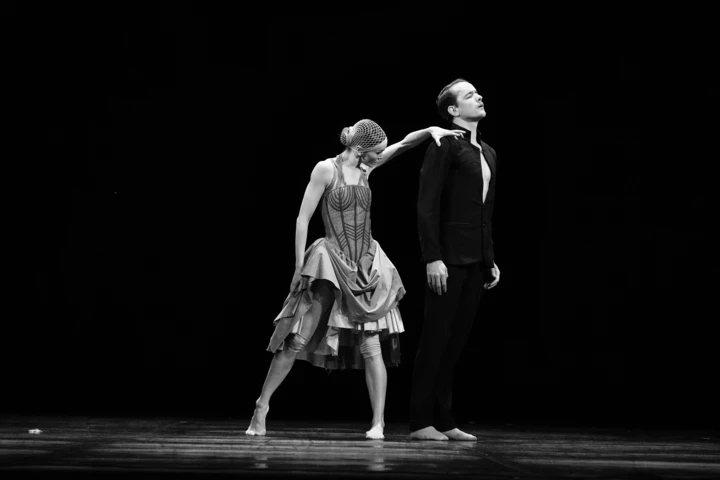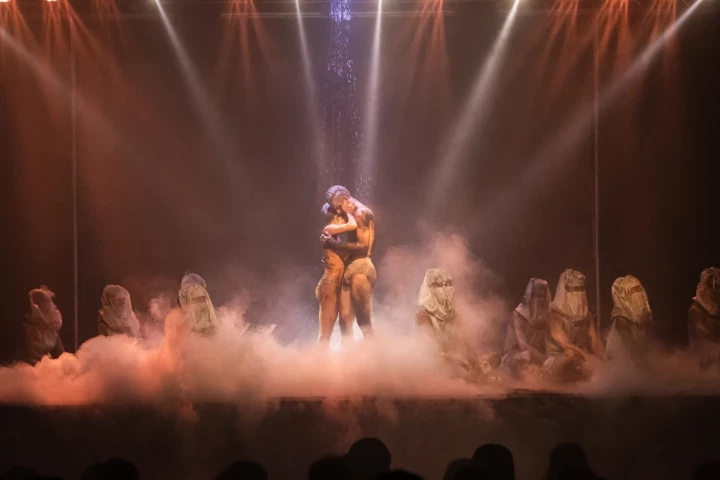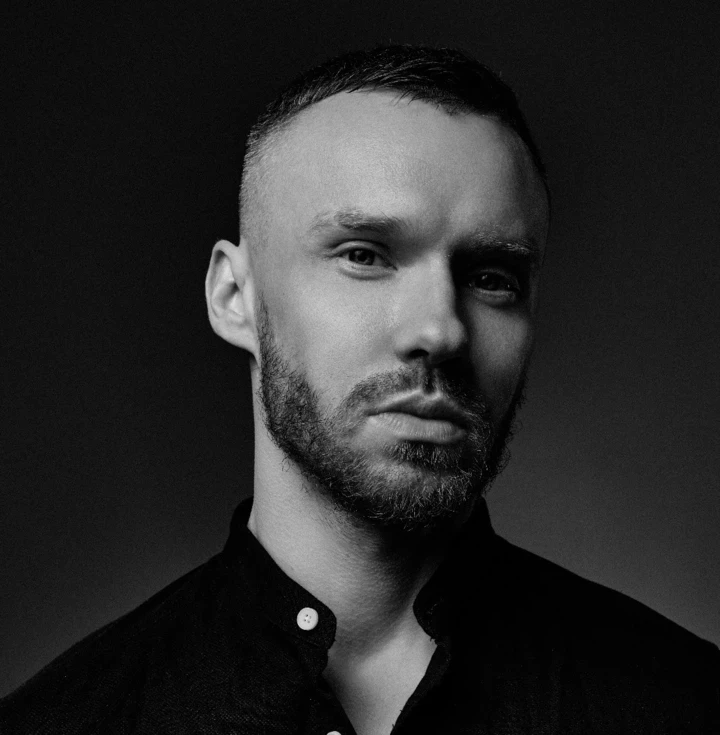 Поділитися
Поділитися
Before the All World Day for ballet, which signifies the 12th fall of leaves, we have selected for you five ballet performances of Ukrainian theaters – the most powerful productions that you can make a living from.
Advertising.
The All-World Day for ballet has been designated since 2014 – this holy call to reveal to the spectators the light of ballet mysticism. Soon, daily ballet companies will reach their audiences online, lifting the lid on the sacred process – rehearsals, choreographic classes and life at the dance floor, which is ultimately being lost incomprehensible and inaccessible.
During the war, Ukrainian theaters are experiencing renewed creativity and presenting new premieres. Today's Ukrainian viewer can see both new productions – created by our authors based on national subjects and Ukrainian music – and the legendary works of choreographers based on light. How should you show Varto to gain respect by planning a visit to the theater?
“Thorny Donka”, National Opera of Ukraine, Kiev

The ballet “Norvlivaya Donka”, more known as La Fille mal gardée, is one of the oldest in the repertoire of major theaters in the world, which celebrated its 236th anniversary. Vistava has gone through dozens of editions and still exists in many musical versions. The 1960 production of the rock by Sir Frederic Ashton to the music of Louis-Joseph Ferdinand Herold for the Royal Ballet in London is considered a standard – warm, playful, with a guaranteed happy ending. This version itself – with its choreography, costumes and scenery – appeared on the Kiev stage.
Ashton's signature is an unproven musicality that stands out from the soloists and corps de ballet of the Vinyatka form: the skin's gesture, the skin's accent can exactly resemble the music. On the stage there are wooden boots replacing pointe shoes at the clog dance of the widow Simoni (whose number became a visiting card), chickens, straw, stitches, and one of the heroes literally flies over the stage. The plot is classic: Liza kills farmer Kolas, her mother, the widow of Simon, has a former love affair with the former Alan – and, of course, overcomes love.
The ideal choice for a light evening: charismatic characters, warm scenes, warmth, kindness and filigree choreography.
“The Forest Song”, National Opera of Ukraine, Kiev

“The Forest Song” is the most popular piece of Ukrainian ballet art. For over ten years now, the vista has retained the title of a national pearl: emotional, refined, recognized from the first bars.
It is based on the same-name drama extravaganza of Lesya Ukrainka and the music of Mykhailo Skorulsky, who, with jeweler precision, blends Volina folklore into the score. These melodies do not fail to accompany the story of Mavka and Lukash – the stench forms their rhythm: from romantic awakening to painful silence, from light to daylight.
The idea for the ballet came from Natalia Skorulsky, the composer’s daughter. The score was completed back in 1936, but the political context marked the premiere: the local first show took place in the brutal year of 1946 – before the 75th river of Lesya Ukraine. Since that time, “The Forest Song” has gone through several editions and updates; Today's viewers are watching the third stage performance of 1991 rock. The dramaturgy is created as a calendar of nature: spring is the acquaintance of Mavka and Lukash, summer is the blossoming of love, autumn is rupture and loss, winter is the meeting at the crossroads of worlds.
Through the metaphor of the human and elemental light, the ballet speaks of love and joy through my classical choreography, organically enhanced by folk dance intonations. “The Forest Song” is a song from the living, beautiful and tender history of the forest.
“Long Holiday Celebration” and “Women in D Minor”, “Kiev Modern Ballet”

Evenings of one-act ballets are the corporate style of the theater of daily choreography “Kiev Modern Ballet”. Consider these two independent short productions, not connected by place, which clearly select for the contrast of visual language, character, emotion and style. The table theater will definitely eat them up in one evening, which has become a tradition.
In the first production of “Women in D Minor” we are looking at the whole corpse: women and men in gray cloth, similar to the uniform of the sun, since no washing machines have yet been found. The stench is meticulously “cleaning” the clothes – and a drop of red linen bursts into space, which becomes a cry and a spark of change. The geometry of the ensemble is unknown, the soloists blow – about mutual strength. That time, for the keyboard concerto in D minor, Bach began to talk not about gender roles, but about the courage to deviate from the “gray system” and the right to bright individuality in the power of life.
“A long funeral celebration”, in its own way, is composed of several stories. Skin is the whole of life. From these stories, the testimony of the great homeland for many generations is formed. Never mind their members, at Christmas we all meet again at the turkey table – sometimes bring someone new.
A charismatic servant becomes the conductor between arrivals and farewells: she lets new ones in every now and then and easily sees off those who are leaving. Vaughn is the one who organizes the collection of everyday stories about poverty, illness, children, losses, victories, wars, harm, sacrifices – about all those that can be told in any homeland. And gets caught in the mud.
“Dragon Songs”, Kharkiv National Opera

Kharkov Opera is a theater that today is expanding as close to the front line as possible. At the same time, here they often designate history and release premieres. The theater plays on a new stage near the loft space, designed in front for the safety of spectators. Among the first premieres of this stage is the ballet-parable “Dragon Songs” choreographed by Antonina Radievskaya.
The production introduces a new look at the ballet form and speaks from an adult audience about intimacy, choice and diversity. The musical core of Vistavi is the electronic album of composer Maxim Kolomiyts, over which he worked three times. An important detail: Kolomiets is an author whose work spans international horizons, including the New York Metropolitan Opera.
For a long time, the sky-watcher moves to another reality, where the mythical Dragons worry: whoever sees masks and gains sight, who is worse off being blind. In this story, a plastic dramaturgy emerges in the face of society, in the face of society and in search of oneself—those who are still alive both in times of peace and in the face of anxiety.
The visual exhibition is inspired by contrasts: video installations create the effect of ground-level optics, just as the dispersion of peat on the stage suggests the tension of reality. The final board of discontent is a symbol of purification.
“Solaris”, Lviv National Opera

The ballet “Solaris” is literally space on the theater stage. Inspired by the novel by Stanislav Lem, the story unfolds a story of memory and authenticity: the planet-ocean here is a mirror that reveals the truth to the skin, and in the center of the plot is the psychologist Chris Kelvin and his friend From invisible.
The music before the ballet was written by composer Oleksandr Rodin. The production was choreographed by the young Ukrainian choreographer Katerina Kurman. This “Solaris” looks like a classic – without tutus or pointe shoes, the body is like a conductor of change. “Solaris” speaks to us with my contemporary choreography in the modern style.
The visual warehouse was created by set and costume designer Svitlana Reinish. Two directions – Earth and Space – are painted with different colors, shapes and temperatures; There is a “thread” stretched between them, which allows the heroes to bear the shadows of the luscious past. Especially for the show, a curtain was made from blackout canvas: the material was cut with hot knives and secured with hundreds of hand fasteners. “Solaris” proves that a modern ballet can be simultaneously philosophical, visionary and extremely special – with aesthetically completed corps de ballet scenes, like the evening of the gods, dramatic decisions of the main characters and their sensitive adagios.
Text: Katya Yeletskikh, author of the Ballet Maniac project







